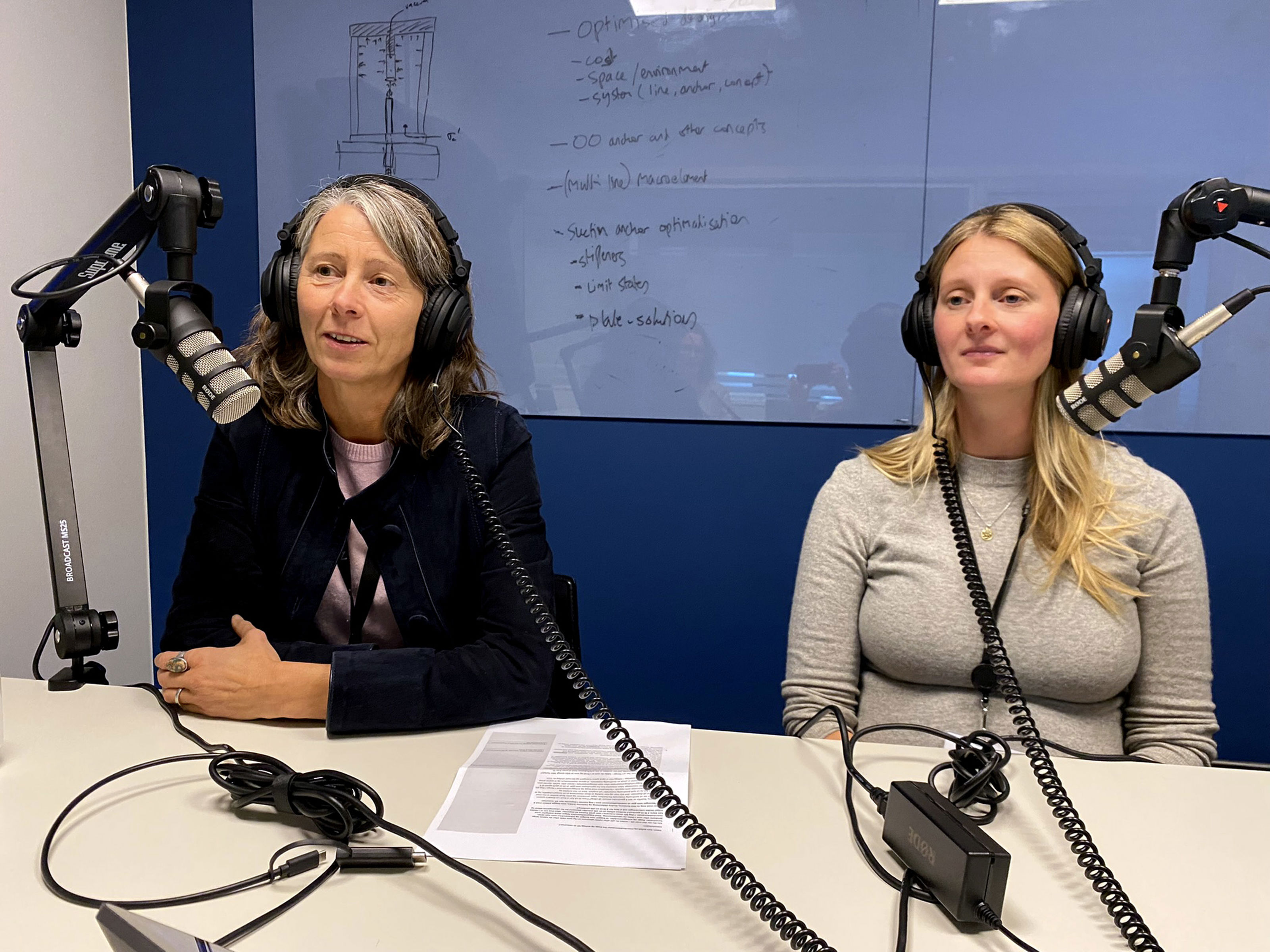Can surplus materials from construction and civil engineering become resources?
Five million tons of waste from construction activities are sent to landfills every year. That's approximately 300,000 truckloads. NGI researchers Gudny Okkenhaug and Cathrine Eckbo are working to find solutions so that surplus materials that currently end up in landfills can become resources.

Construction sites are visible everywhere. We construct homes, infrastructure, and in Oslo, a new water supply system is being built. Construction activities generate surplus materials that are currently transported to landfills and waste sites. What if these materials could be reused instead?
Aims to save the Earth
earthresQue is a Center for Research-Driven Innovation (SFI) focused on developing technology and systems for the handling and treatment of surplus materials and waste within the circular economy. The centre, funded by the Norwegian Research Council and several user partners from private and public sectors, opened in 2020 and is led by NMBU (Norwegian University of Life Sciences). NGI (Norwegian Geotechnical Institute) plays a central role, with NGI researcher Gudny Okkenhaug serving as deputy director and Cathrine Eckbo as a researcher.
The purpose is to address the issue of surplus materials and waste generated from construction activities. The goal is to find sustainable solutions for integrating these materials into a circular system while managing environmental toxins responsibly at safe landfill locations.
Online marketplace for used construction materials
More than half of the surplus materials that end up in landfills are contaminated soil. Despite this contamination, there's potential for reuse. Many of these materials, which currently contribute to waste, possess qualities that can be utilized in products or construction materials without endangering the environment.
The current process of handling surplus materials follows a linear approach: materials are excavated, used, and then sent to landfills. This involves heavy materials with significant volume, requiring substantial energy for transportation. Around 100 active landfills in Norway receive contaminated materials, with stringent requirements to protect soil and groundwater.
The challenge lies in adjusting the system to make recycling the simplest, most cost-effective, and sustainable approach. Various barriers, such as regulations, economic incentives, and documentation requirements, currently hinder the use of recycled materials.
The researchers propose creating a marketplace similar to finn.no (a popular online marketplace) for surplus materials and construction materials like concrete and timber. The attitudes towards reuse are positive, but regulatory frameworks need to be adapted.
Different standards depending on the use
There's a need to distinguish between different types of materials based on their usage, as current regulations don't account for these distinctions. For instance, regulations regarding clean sand are based on the assumption that a child might ingest the sand from a sandbox. This doesn't consider scenarios where sand is used for construction. Expanding the range of materials available for reuse increases recycling possibilities.
Innovation and collaboration
Collaboration is crucial for achieving innovation. earthresQue operates over eight years and involves research partners alongside various user partners, including NMBU, NGI, NORSUS, BI, NIBIO, IFE, NIVA, and NILU. The goal is theoretical and practical results that address real-world challenges. Close cooperation with user partners ensures that the solutions are applicable and beneficial.
Practical recycling methods can be developed by working directly with partners in their respective locations. This collaboration has the potential to bring about significant revenue and job development.
earthresQue's mission is to combine theory, testing, and practical implementation to make effective solutions. The practical experiences of researchers gained from working in the field help identify and tackle challenges that aren't as apparent from an office setting. This approach ensures that research is relevant and practical, benefiting the environment and society.